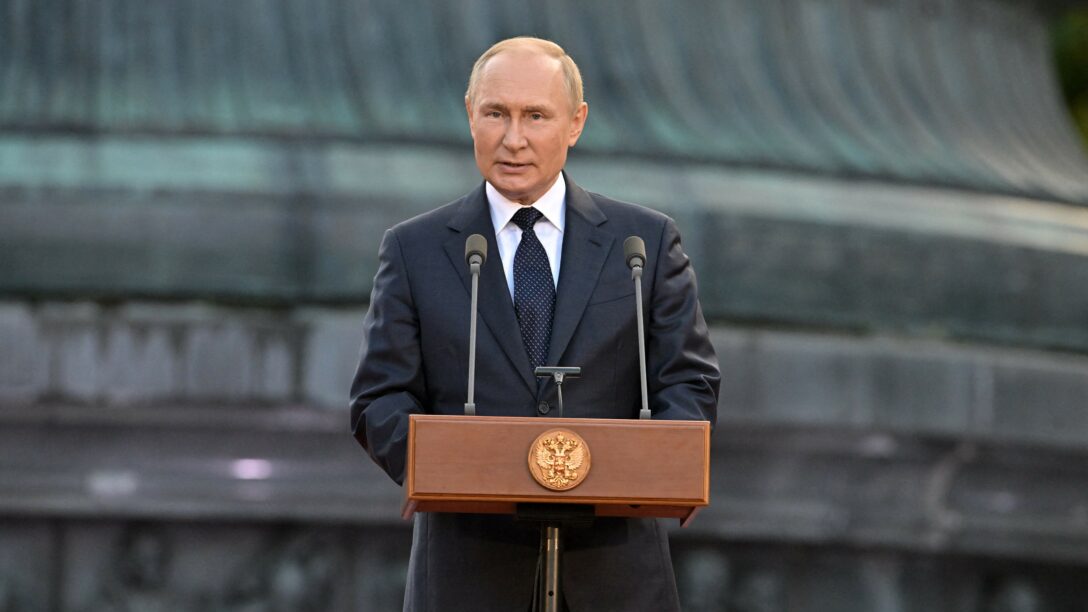Over the summer, reports began to surface that Russia was purchasing drones from Iran. The Shaheds, as these U.A.V.’s are called, have primitive navigation systems and are more missiles than drones, crashing into their targets and exploding rather than delivering a payload and returning home, thus earning them the nickname of “kamikaze” or suicide drones. In June, Russian military officials were said to be touring Iranian facilities, inspecting the goods. In late August, Russia began receiving its first deliveries. Then, on Monday, October 17, dozens of Shaheds, looking like sinister paper planes, rained down on Kyiv, destroying buildings, terrorizing the city, and killing four people, including a young pregnant woman and her husband.
Ever since the Ukrainian attack that severely damaged Vladimir Putin’s prized Kerch bridge to Crimea, this has clearly been the strategy: to bring the war to as much of Ukraine’s population as possible and to paralyze the country’s infrastructure ahead of the winter. Today, Volodymyr Zelensky announced that one third of Ukraine’s power stations have already been destroyed—in just the past week. Now the Ukrainian government is warning its citizens that they have to start preparing for a winter without heat, water, and other essentials. This is Russia taking the battle to Ukrainian civilians, trying to exhaust the population and to push them into submission. Now, the Kremlin has new tools in its terror arsenal: the Shahed drone as well as short-range missiles, which Iran has promised to supply Moscow.

















